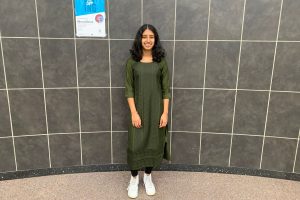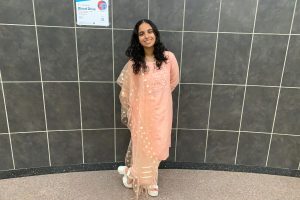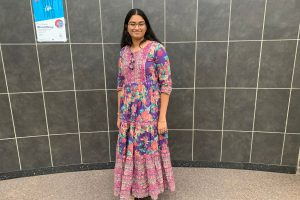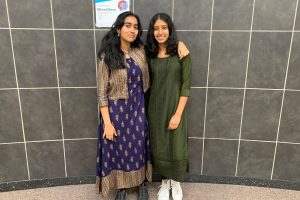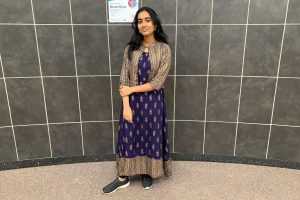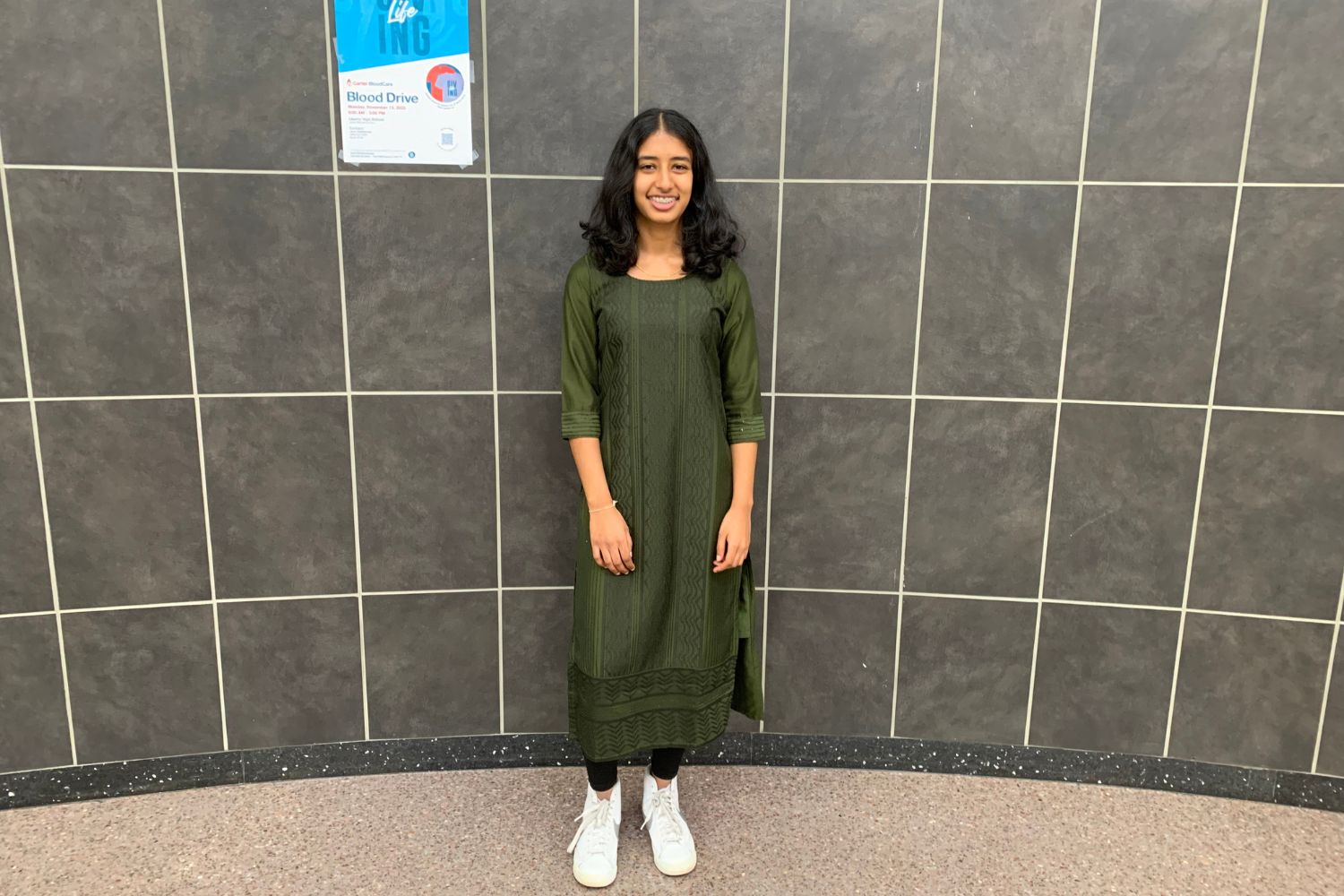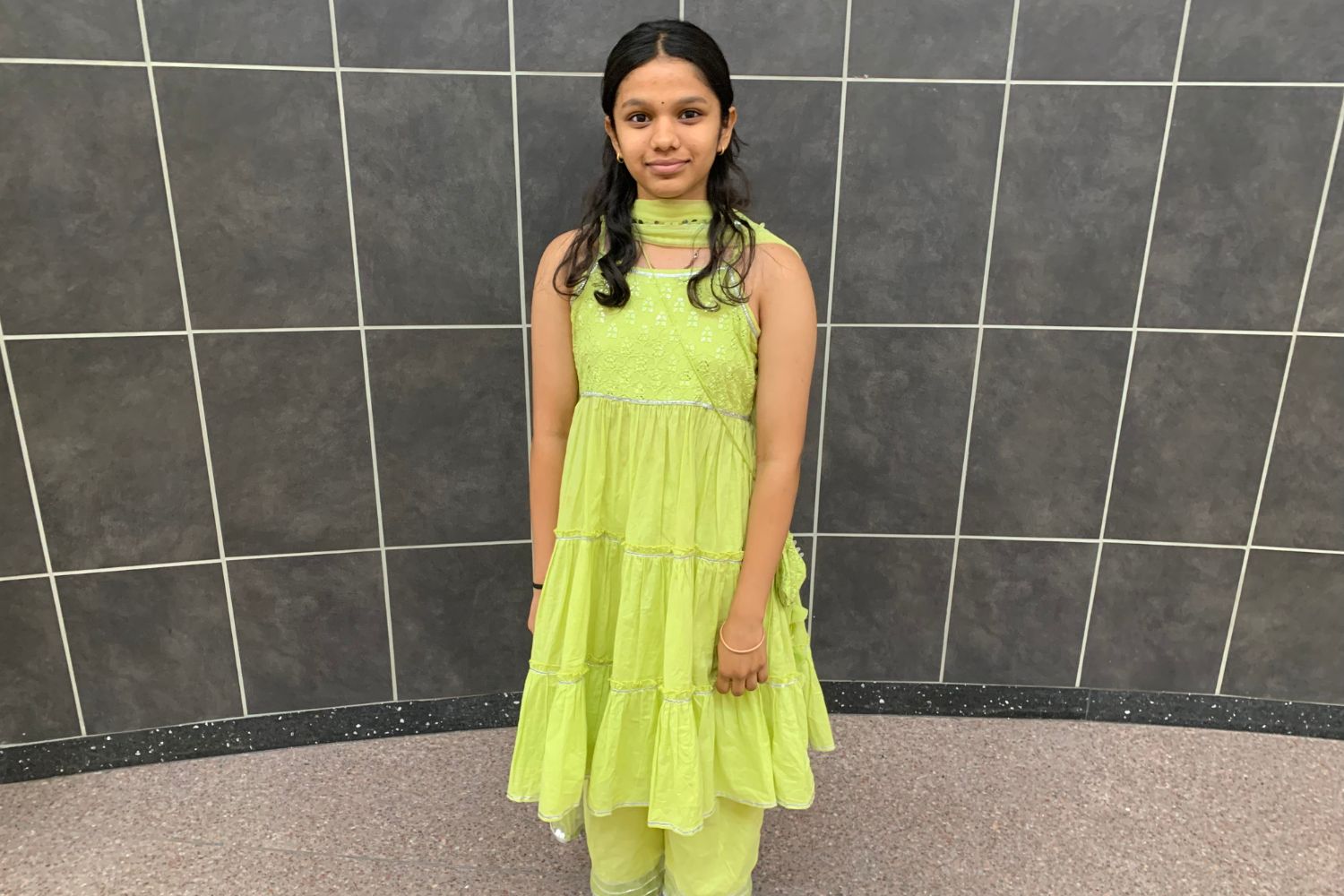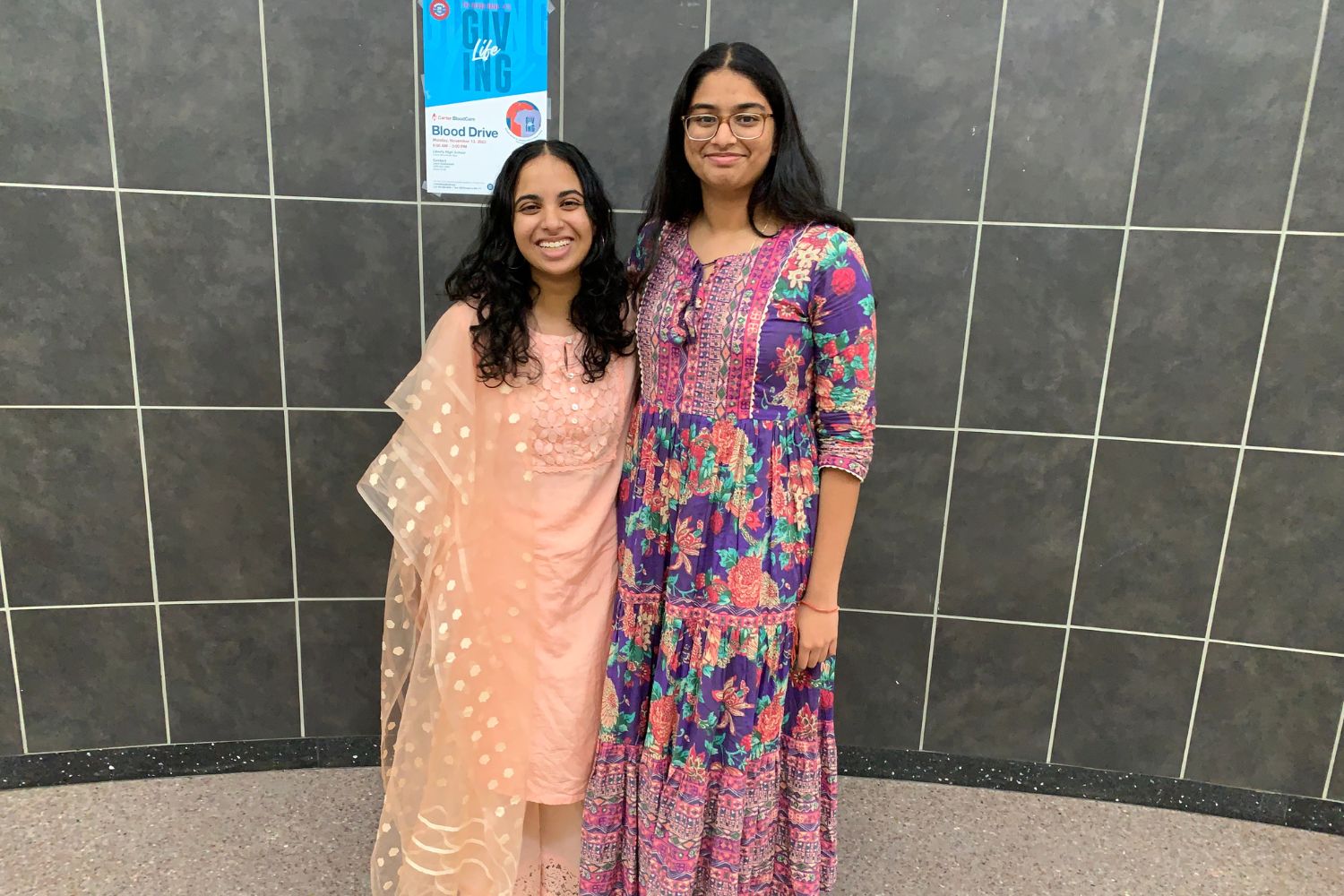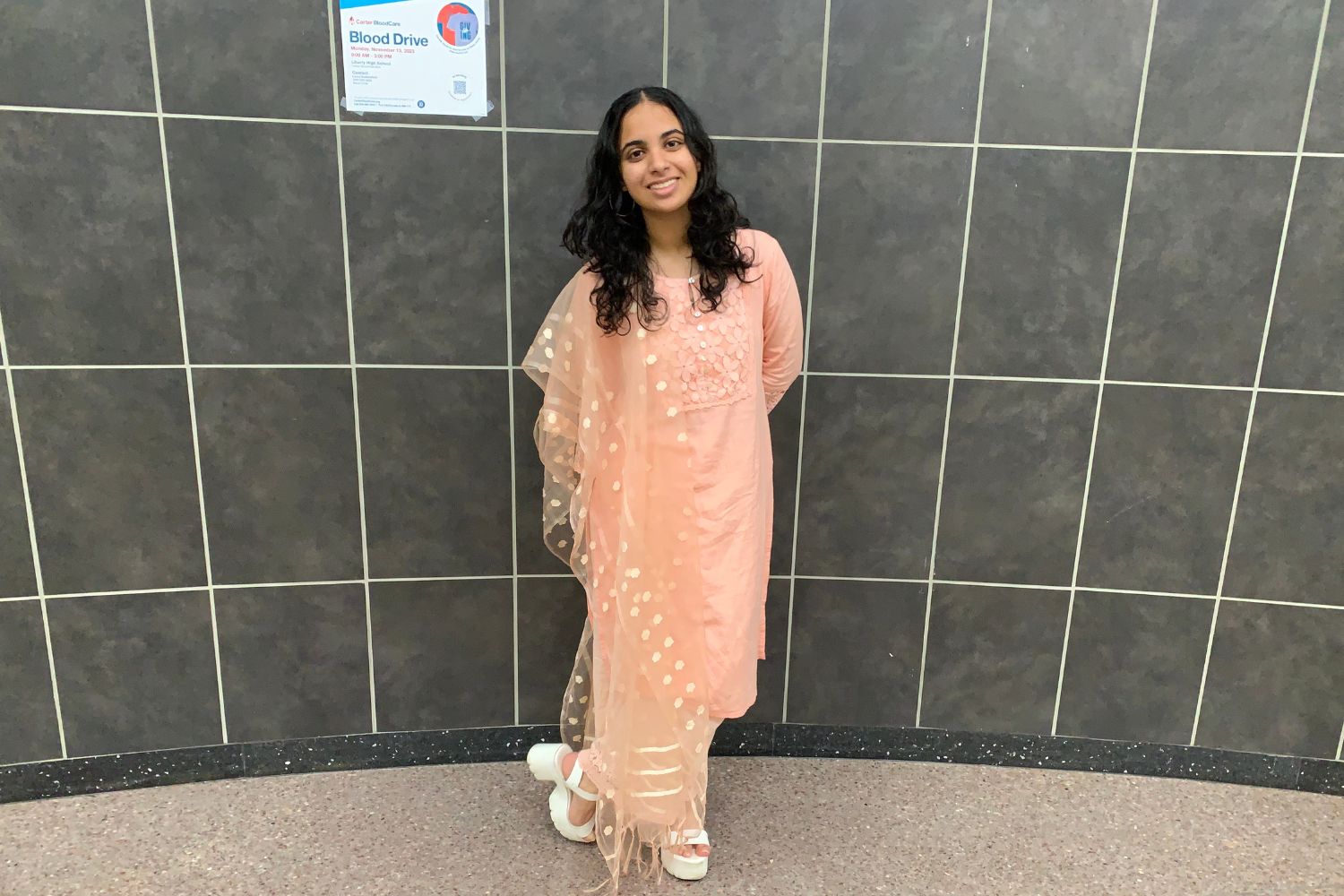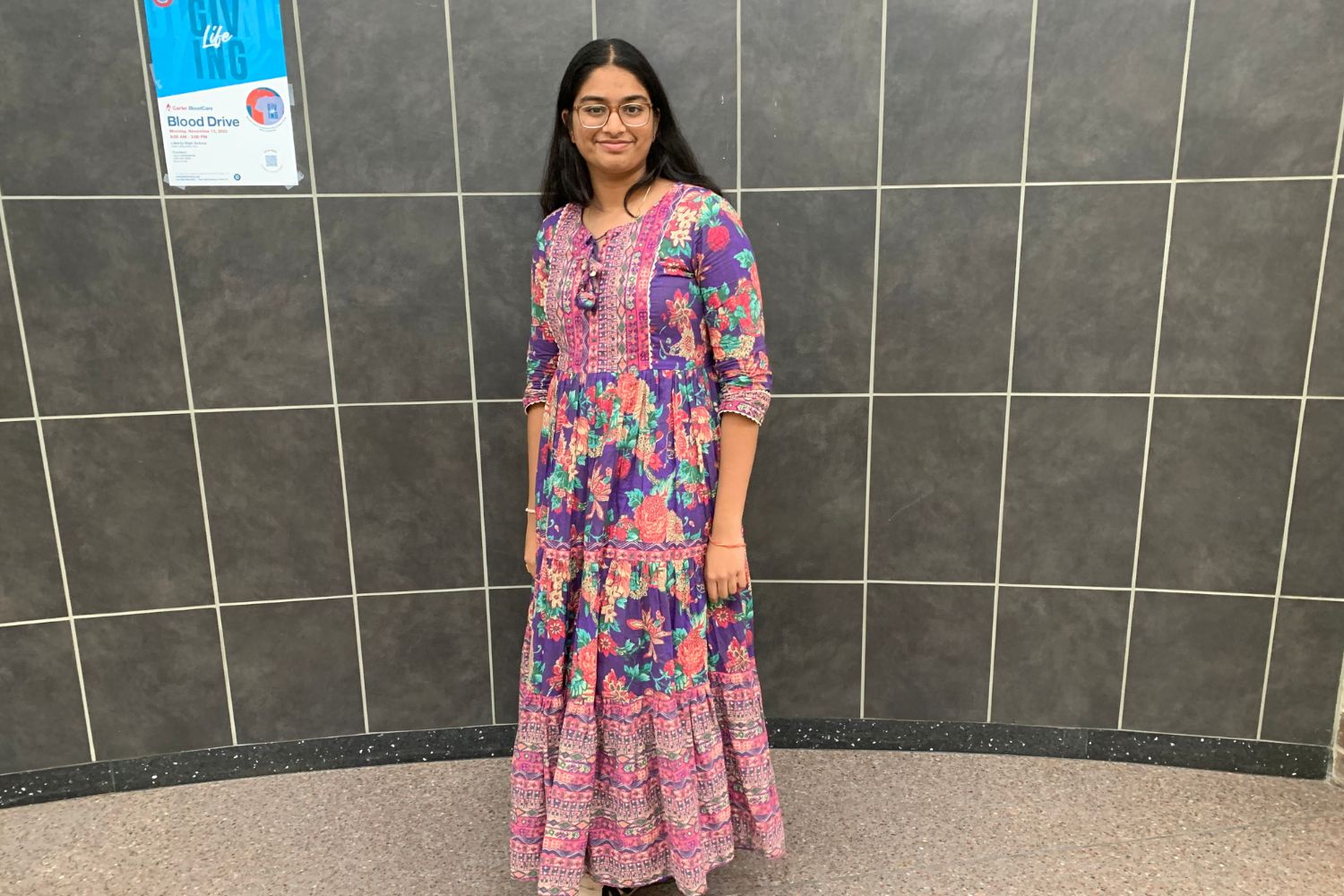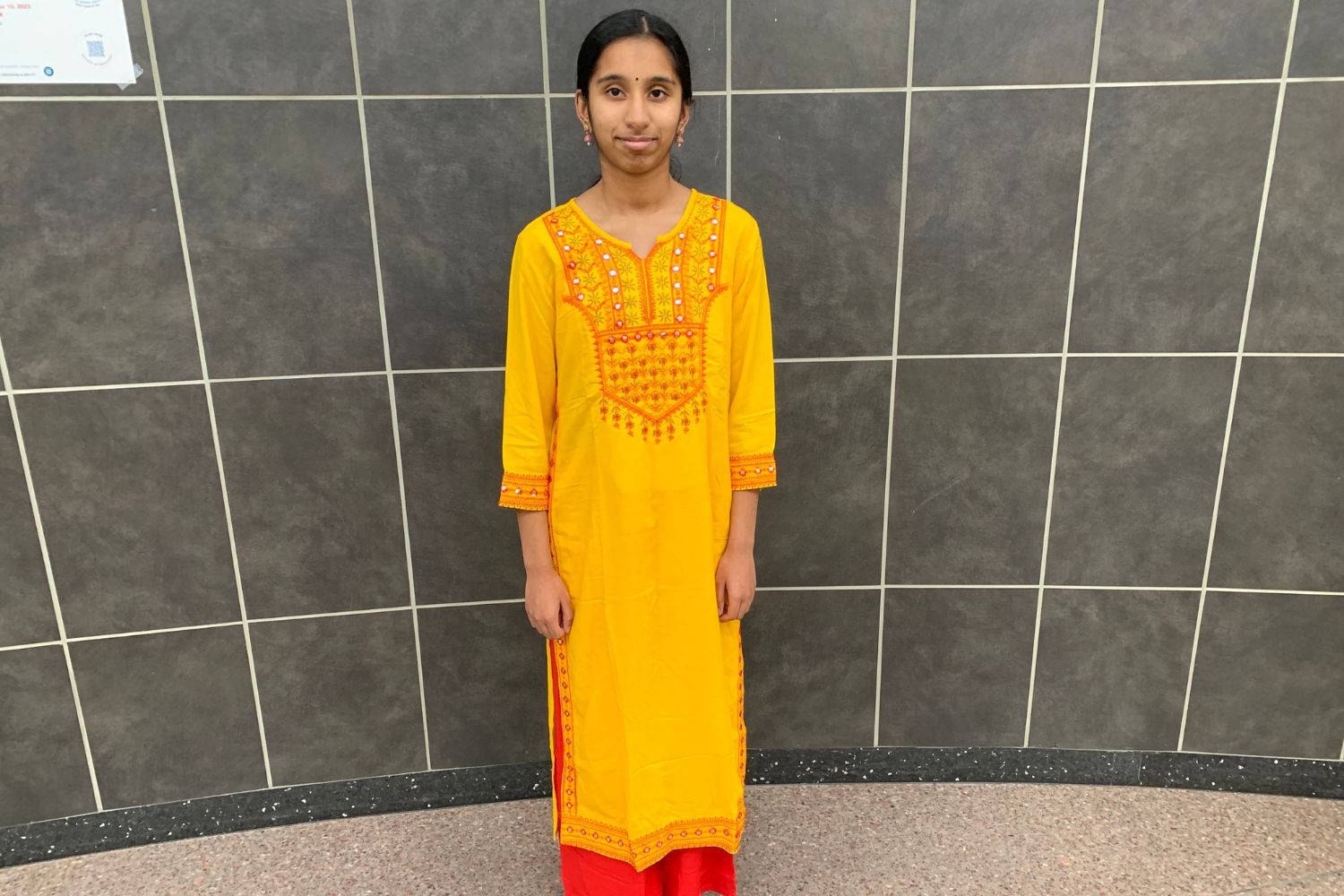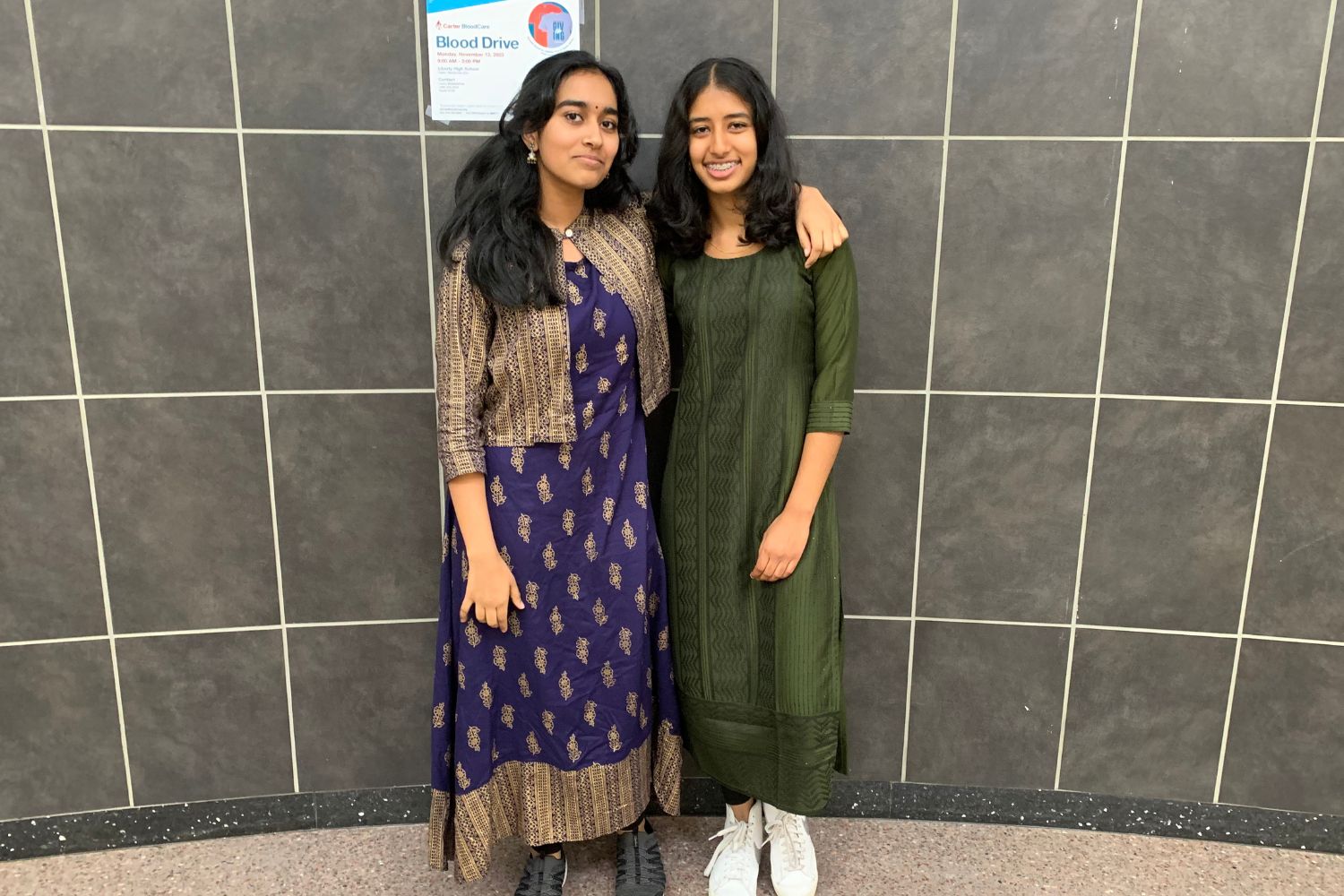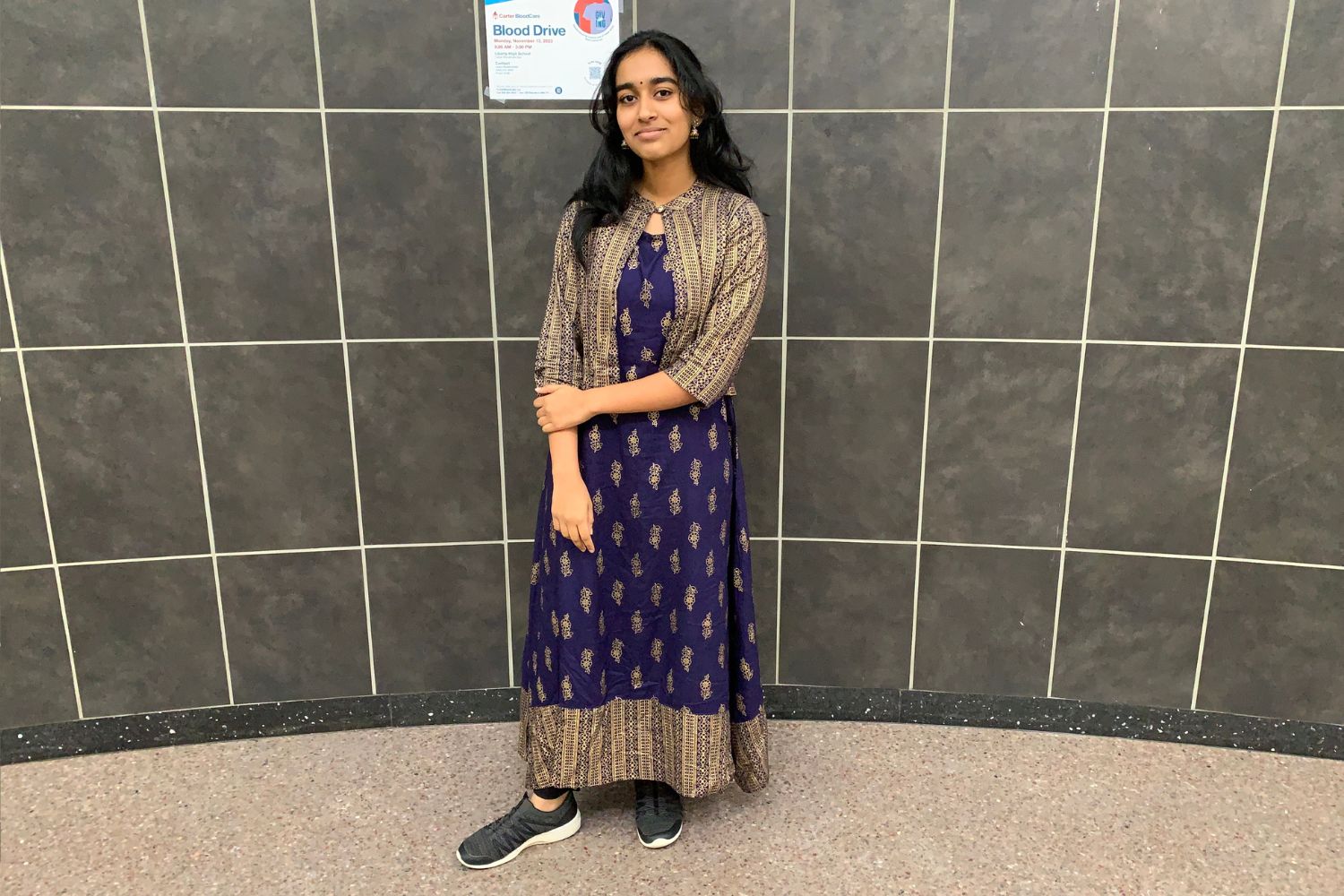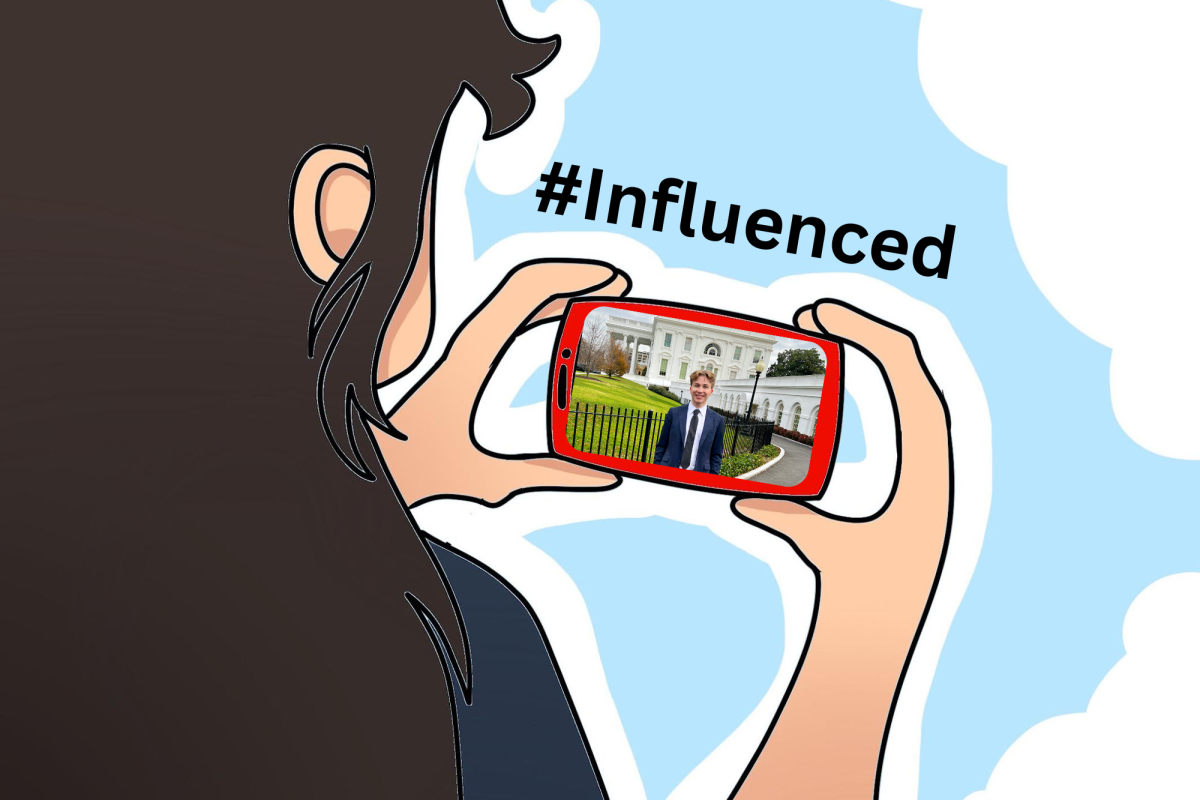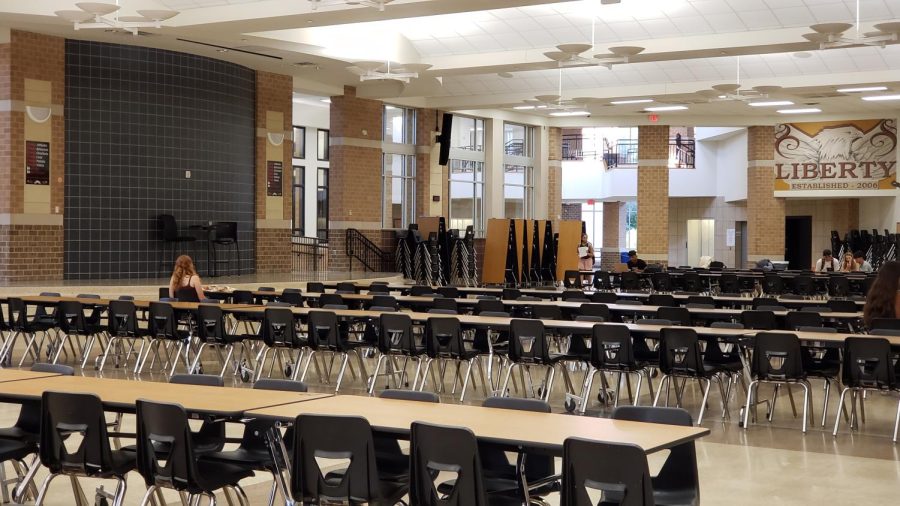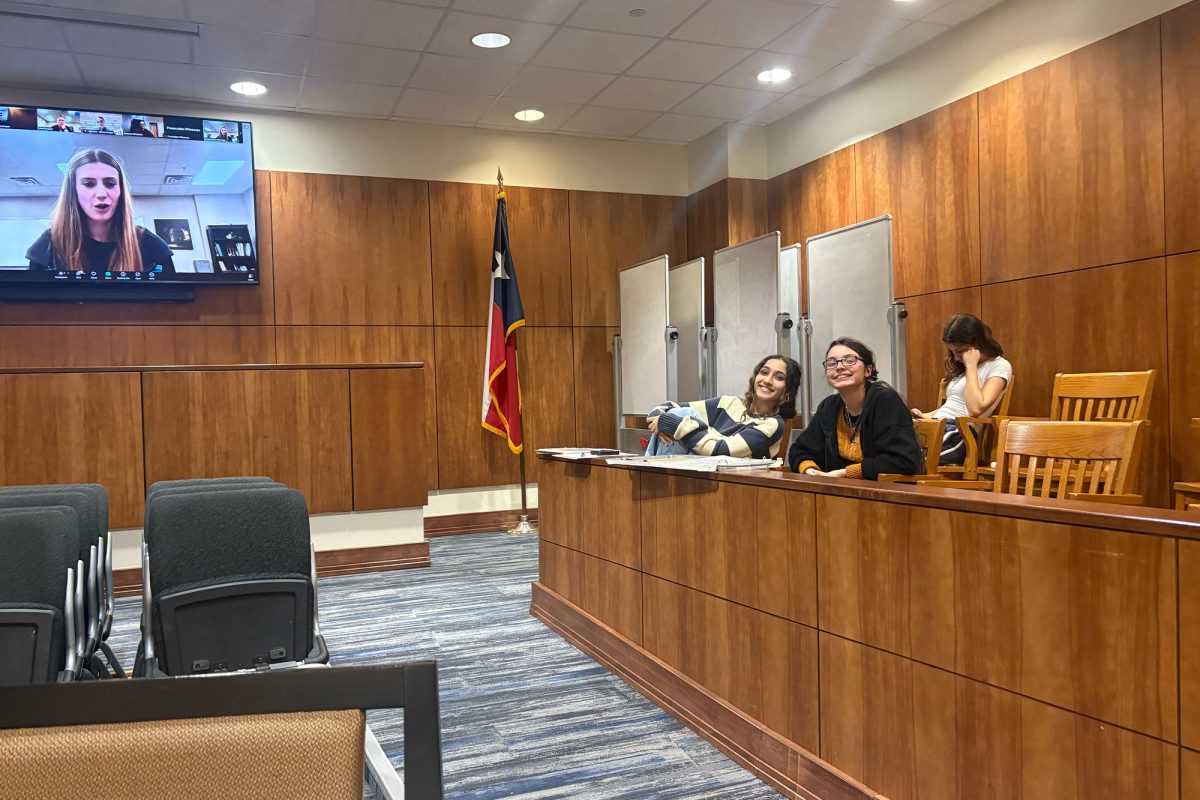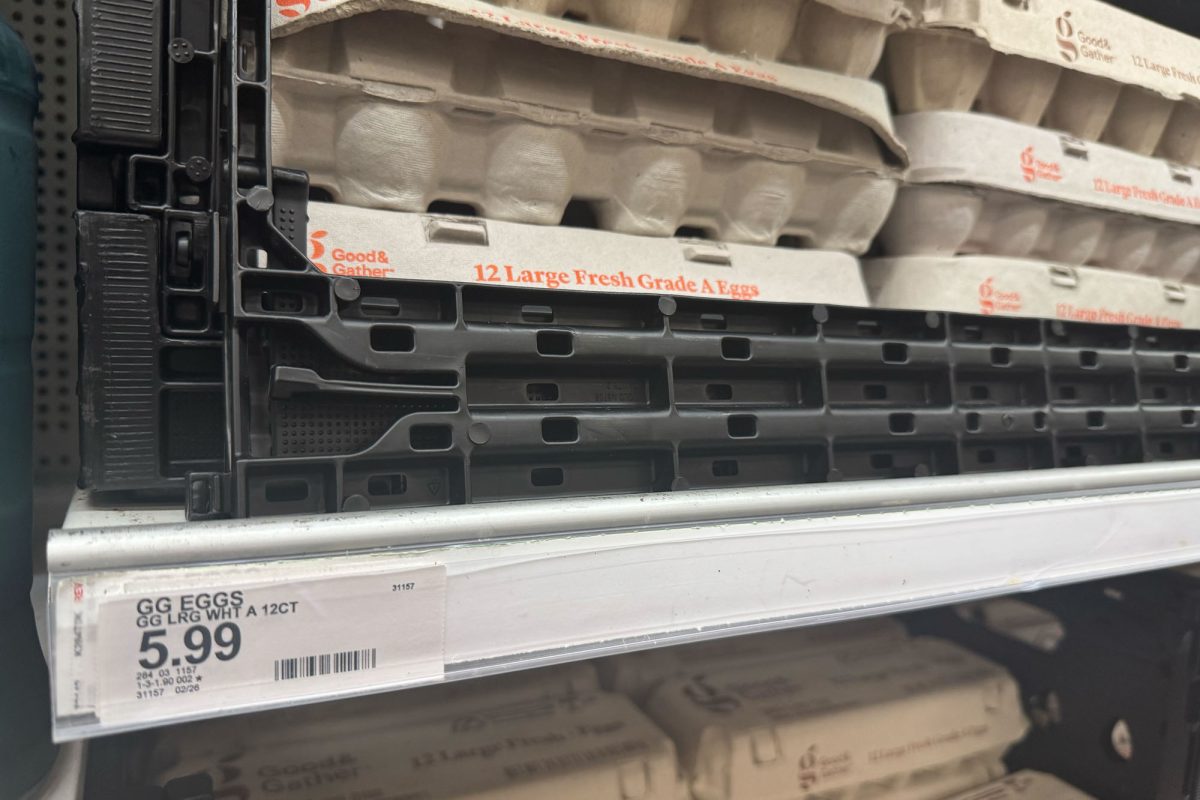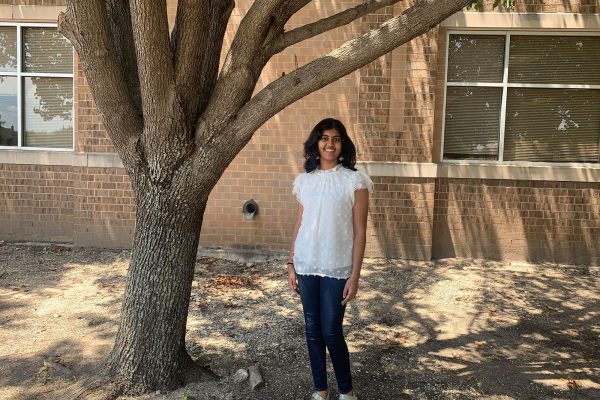-
Redhawks on campus spent this past weekend celebrating Diwali with family and friends. “Diwali is the celebration of good over evil through portrayal of lights,” sophomore Shriya Satish said.
'
-
Diwali is also seen as an opportunity to gather with family and loved ones and many Redhawks attended Diwali parties to do just that. “I went to the temple morning, and then in the evening, we bursted crackers and then we had so much fun with friends and family and we had like a feast,” sophomore Himasri Marigidda said.
'
-
Diwali is typically referred to as the festival of lights and represents the triumph of good over evil. For many students, this festival is linked with the story of Lord Rama, who is an incarnation of the Hindu god Lord Vishnu.
'
-
For sophomore Samriddhi Parashar, Diwali represents Rama’s return from exile. “In my family, there’s another festival called Dussehra where Ravana, who’s a demon king, he’s killed by Rama. And Diwali is celebrated because it’s when Rama comes back home from his 14 years in exile and it’s supposed to be really dark, so they just light diyas, aka lamps, to light the way back and just to celebrate,” Parashar said.
'
-
As a part of Diwali celebrations, many Redhawks also honor the religious aspects of the festival by performing pujas or visiting a temple to pray. “So, [on Sunday], my mom did puja, which is ideally the religious ceremony stuff in Hinduism,” sophomore Mahi Kosuri said.
'
-
Another key part of Diwali celebrations is food. “Usually, we do like firecrackers, we eat sweets, and we also get new clothes,” freshman Shruti Varadarajan said. “[My favorite part is] the sweets and snacks.”
'
-
Yet another central part of Diwali celebrations is light. Many families celebrate the festival by lighting diyas and bursting fireworks.
'
-
For sophomore Sahana Sethuraman, the best part of Diwali is the fireworks and diyas. “My favorite part is the lamps that we light and the sparklers, doing sparklers with my friends and family,” Sethuraman said.
'
The weekend was filled with celebrations for the Hindu festival of Diwali, or Deepavali for many Redhawks.
“Diwali is the festival of lights,” sophomore Samriddhi Parashar said. “Basically, all throughout India, we celebrate it because, well, in my family, there’s another festival called Dussehra where Ravana, who’s a demon king, he’s killed by Rama. And Diwali is celebrated because it’s when Rama comes back home from his 14 years in exile and it’s supposed to be really dark, so they just light diyas, aka lamps, to light the way back and just to celebrate.”
One of the most popular ways to celebrate the festival of Diwali is to light fireworks.
“So, yesterday, my mom did puja, which is ideally the religious ceremony stuff in Hinduism,” sophomore Mahi Kosuri said. “And then in the evening, I went over to my cousin’s house; we did some light fireworks because we can’t have loud ones.”
Many students also take Diwali as an opportunity to relax and spend time with loved ones, in addition to the religious aspects of the festival.
“[Diwali’s] so fun, festival-like,” sophomore Himasri Marigidda said. “It’s the time where we meet our family and then get like a break from everything.”
Some students also take Diwali as an opportunity to attend parties and celebrate with friends and family alike.
“I went to the temple with my family and I went to a couple parties, too,” sophomore Sahana Sethuraman said. “My favorite part is the lamps that we light and the sparklers, doing sparklers with my friends and family.”
Lighting fireworks is not traditionally part of Diwali, which focused on lighting small clay lamps called diyas; rather fireworks or firecrackers were adopted by celebrants of the festival.
“I know that [fireworks are] not a cultural thing,” Kosuri said. “It’s something we’ve adopted and I feel like the Rama and Ravana story and the fireworks go hand in hand with each other and that’s really fun.”



